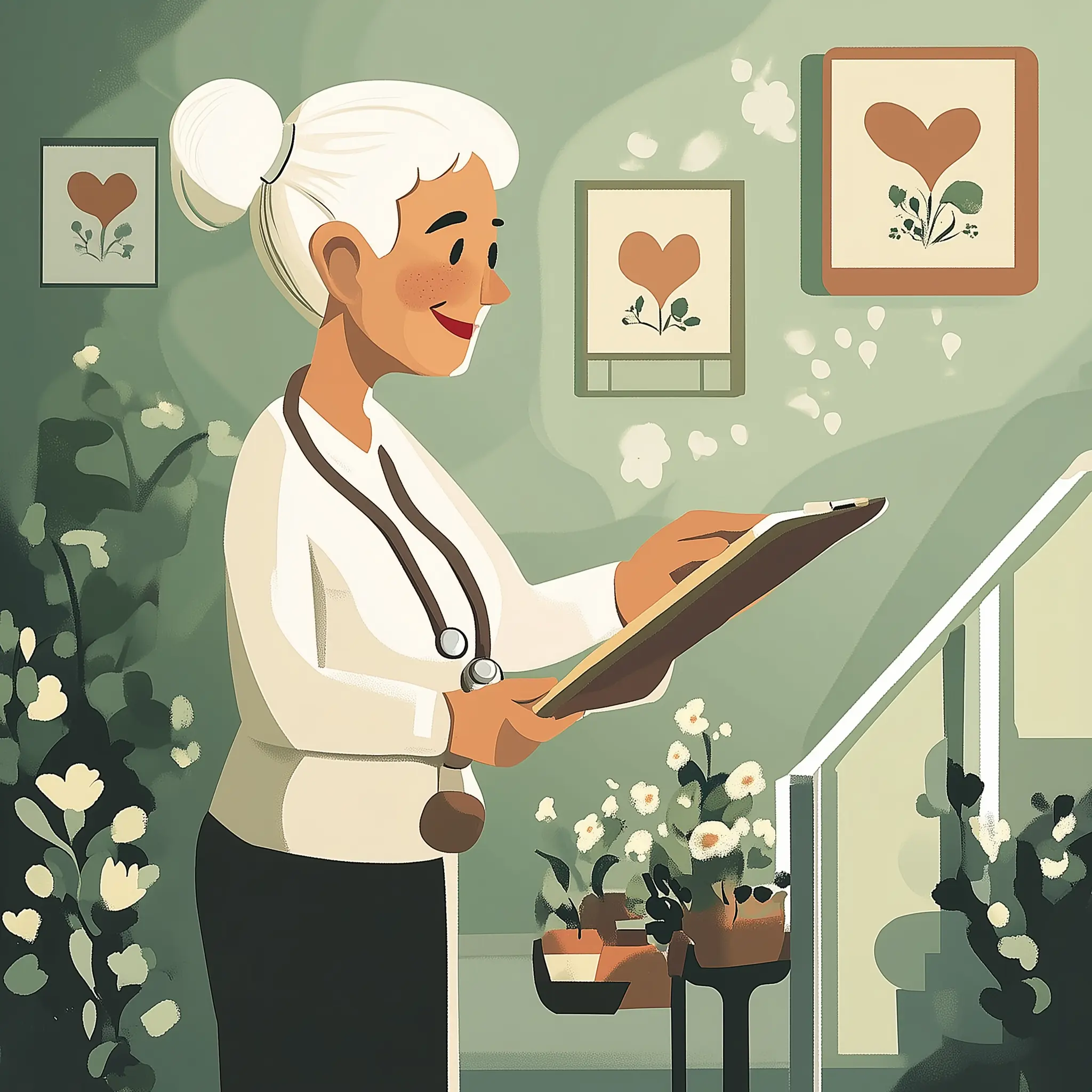
What To Do If Someone Has A Stroke
- Published on
- Authors
-
- Author
- HP Homecare
-
Recognising a stroke quickly and taking appropriate action can significantly influence recovery and survival rates. Here’s what you need to know about the intricacies of stroke symptoms, emergency responses, and first aid.
Identifying Stroke Symptoms: Know the Signs
A stroke occurs when the blood supply to part of your brain is interrupted, depriving brain tissue of oxygen and nutrients. Rapid identification is critical for effective treatment. The primary symptoms can be remembered with the acronym F.A.S.T:
- Face: Is the face drooping on one side when the person tries to smile?
- Arms: Can the person raise both arms, or does one arm drift downward?
- Speech: Is the person’s speech slurred or strange?
- Time: Time is crucial. If you observe any of these signs, call emergency services immediately.
Other symptoms might include sudden numbness, confusion, trouble seeing, difficulty walking, or severe headache.
Immediate Stroke Treatment Steps: Acting Fast
- Emergency Call: As soon as you suspect a stroke, dial emergency services.
- Comfort and Safety: While waiting for help, ensure the person is comfortable and safe. If they are conscious, help them into a stable position, preferably lying on their side with their head and shoulders slightly elevated.
- Monitor Vital Signs: Keep an eye on their breathing and consciousness. If they are unconscious, check their airway is clear.
- Prepare for Medical Personnel: Have information ready for emergency responders, including any known medical history, medications, and allergies.
Recognising a Stroke Emergency: When Every Second Counts
A stroke emergency is indicated by any of the FAST symptoms, but severity can vary. Signs that denote a particularly severe case include loss of consciousness, inability to move half of the body, or sudden severe headache. These symptoms require immediate professional intervention.
What To Do During a Stroke: Essential First Aid
- Do not offer food or drinks: Since swallowing ability might be compromised, offering food or drinks can lead to choking.
- Stay Calm: Your calmness can help soothe the affected person, which can reduce stress levels and help maintain clearer airways.
- Do not administer medications: Medications can worsen the situation if not prescribed by a doctor post-stroke analysis.
Stroke First Aid Tips: Maximising Recovery
- Record the symptoms’ onset time: Note the time when the first symptoms appeared. This information is critical for treatment decisions.
- Follow Medical Advice Precisely: Once medical personnel arrive, follow their instructions carefully. They may administer medications like clot-busters which require precise timing.
By knowing how to swiftly recognise and react to the signs of a stroke, you can play a vital role in the care and recovery process. Learning these essential steps makes you a valuable link in the chain of survival and recovery for stroke victims.